A series of real estate reform proposals in Delhi, currently under government review, are expected to significantly impact the capital's property market. These proposed changes, driven by a joint government-industry taskforce, aim to encourage redevelopment of aging group housing societies, simplify land policies, and align property valuations with actual market prices. Analysts believe these developments may unlock large-scale redevelopment across key zones and lead to a measurable increase in property prices.
One of the most notable recommendations includes automatic redevelopment permissions for group housing buildings over 50 years old, removing the minimum area norm that currently restricts several residential societies from initiating redevelopment projects. In addition to this, the taskforce has also proposed reducing amalgamation charges from 10% to 1%, which would ease the consolidation of plots for commercial or mixed-use schemes.
The reforms are likely to have a direct impact on several parts of the capital, including Lutyens’ Delhi and areas such as Prithviraj Road, Barakhamba Road, Kasturba Gandhi Marg, and adjoining neighbourhoods. These locations, known for their historic and diplomatic significance, are expected to become key zones for potential transformation if the proposals are implemented.
Proposal Highlights
According to officials familiar with the matter, the recommendations submitted by the taskforce are intended to remove procedural hurdles and accelerate project timelines. Some of the major proposals include:
- Redevelopment by default for group housing societies older than 50 years.
- Reduction in amalgamation charges to 1% for easier land consolidation.
- Green building incentives, offering 1–4% extra ground coverage and 5% additional Floor Area Ratio (FAR) for certified sustainable projects.
- Rationalisation of circle rates, with proposals to align reserve prices at Delhi Development Authority (DDA) auctions using a 1x factor for industrial land and 1.5x for commercial land.
- Application of similar factors to determine stamp duty valuations based on land type.
These proposed measures aim to align Delhi’s redevelopment framework more closely with Mumbai’s established model, which has already delivered large-scale urban renewal across numerous ageing housing clusters.
Expected Impact on the Sector
Market participants have stated that these reforms could significantly improve transparency and investor confidence. According to industry experts, lower amalgamation charges and streamlined redevelopment norms are expected to reduce financial and administrative obstacles, allowing projects to start more efficiently.
Relaxing FAR norms and giving structured incentives to green buildings could lead to more environmentally aligned development without causing delays. These changes, coupled with a more predictable clearance system, are likely to foster a healthier project pipeline across the city.
For a city like Delhi, which faces acute land scarcity, the emphasis on redevelopment over greenfield expansion is seen as a practical approach to increasing housing supply without compromising infrastructure or planning standards.
Redevelopment in Central Zones
Industry voices have drawn attention to the scale of potential redevelopment in premium areas. According to the founder of a South Delhi-based real estate consultancy, the combination of automatic redevelopment triggers and reduced regulatory costs would make many properties in Lutyens’ Delhi and similar zones eligible for upscale reconstruction.
Older group housing societies and cooperative colonies may be converted into modern residential buildings with contemporary amenities and better infrastructure. The simplification of amalgamation rules would also make it feasible for fragmented plots or adjoining properties to be clubbed for larger-scale redevelopment.
The focus on aged or structurally outdated buildings could lead to an increase in mid-to-high value housing stock in key parts of South and Central Delhi, including Greater Kailash, Vasant Kunj, Defence Colony, and Hauz Khas, all of which have ageing cooperative society buildings.
Pricing Outlook and Circle Rates
A key concern emerging from the reform package is the anticipated rise in property costs, particularly due to the revision of circle rates. By aligning these rates more closely with actual market values, the base cost of land valuation for stamp duty will increase.
This would impact both buyers and sellers, raising the transaction costs through higher registration and stamp duty fees. While this could raise the entry threshold for new buyers, market observers argue that greater transparency in land valuation will benefit the formalisation of real estate transactions in the long run.
A developer associated with the taskforce mentioned that though higher land prices may affect affordability in the short term, the simplification of processes and the creation of new housing stock through redevelopment could eventually stabilise market pressure.
The reforms are also in line with the broader goals of sustainable urban development, as promoted under national missions like the Smart Cities Programme and the National Urban Renewal Mission. By incentivising green-certified construction, reducing redevelopment bottlenecks, and aligning pricing metrics, the proposals seek to modernise Delhi’s real estate ecosystem while preserving its urban character.
If the recommendations are implemented, the capital could witness a significant transformation in how old housing stock is upgraded, particularly in planned colonies, cooperative group housing societies, and DDA flats, many of which were built more than four decades ago.
As Delhi awaits a formal announcement on the policy rollout, stakeholders across the spectrum—from private developers to housing cooperatives—are closely watching the next steps, expecting the reforms to open a new chapter in the capital’s real estate sector.

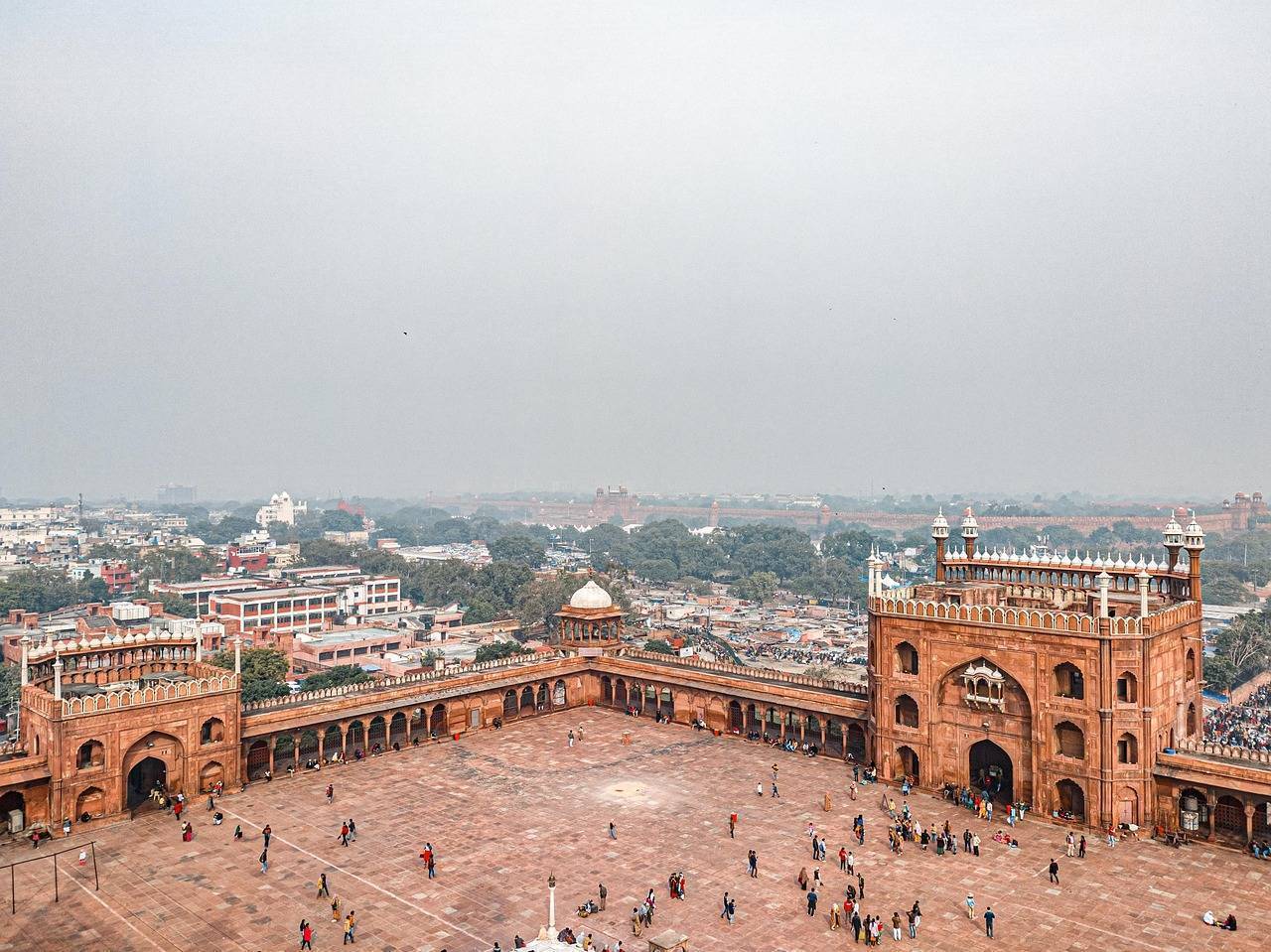

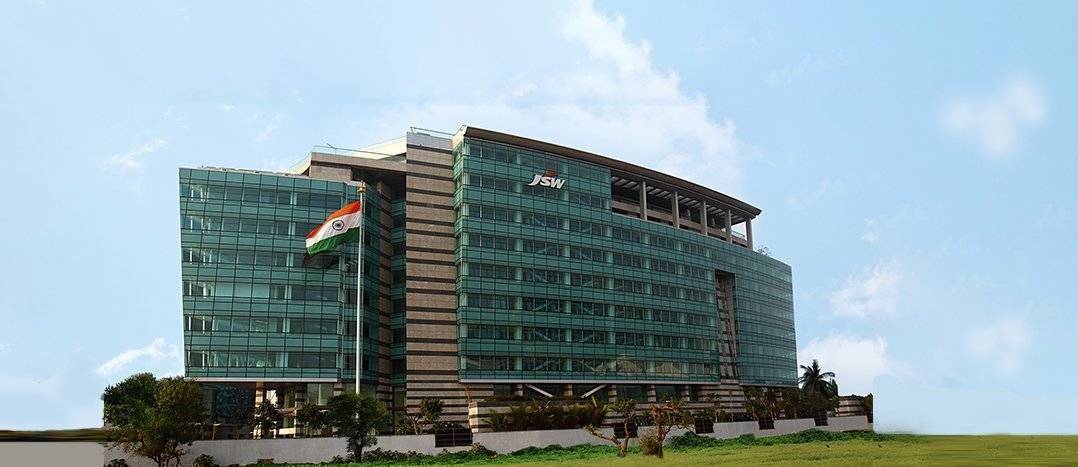
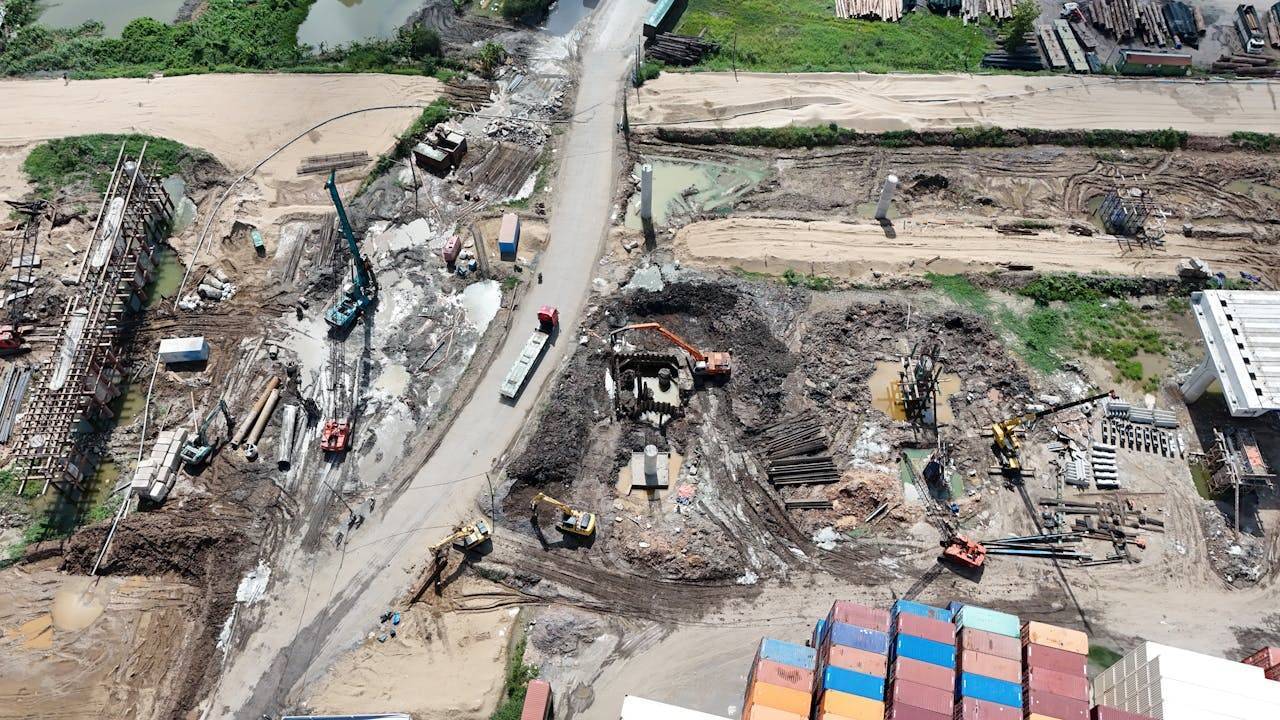
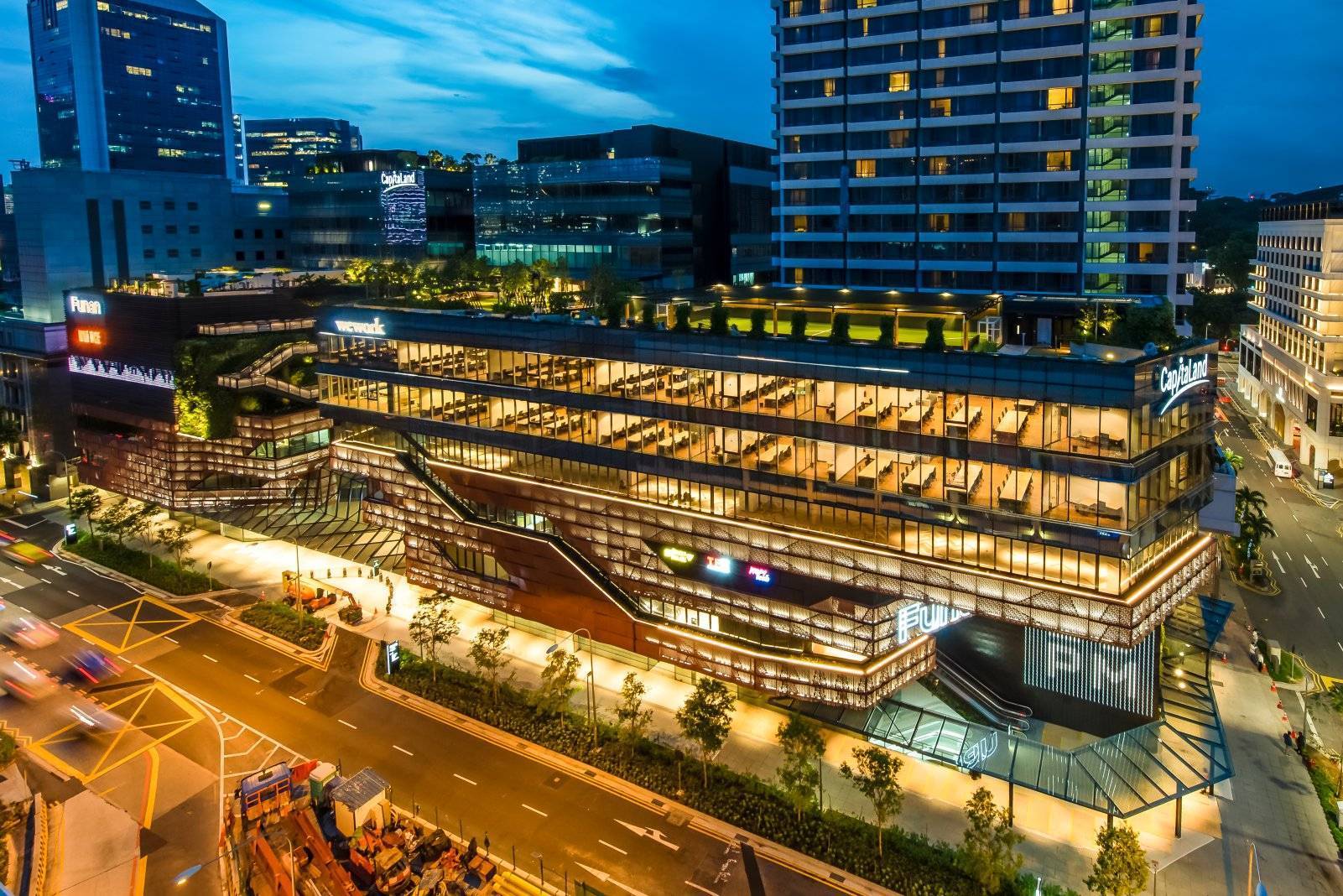
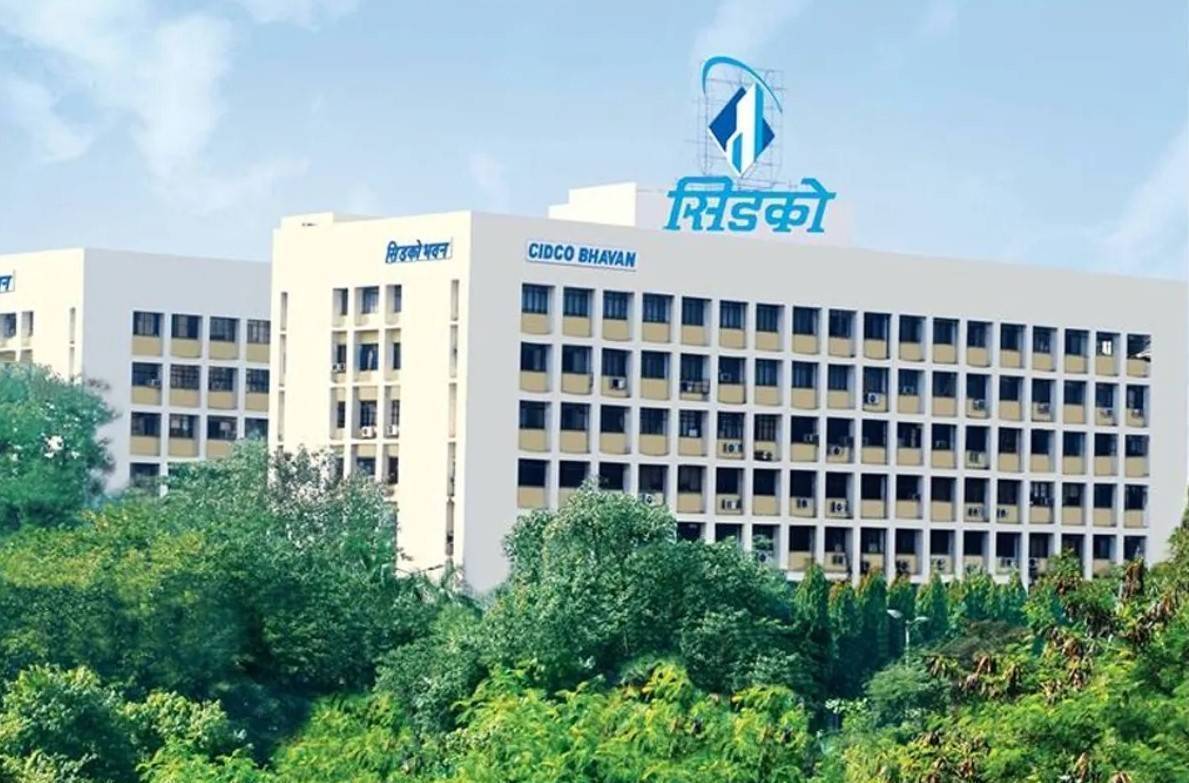


.png)